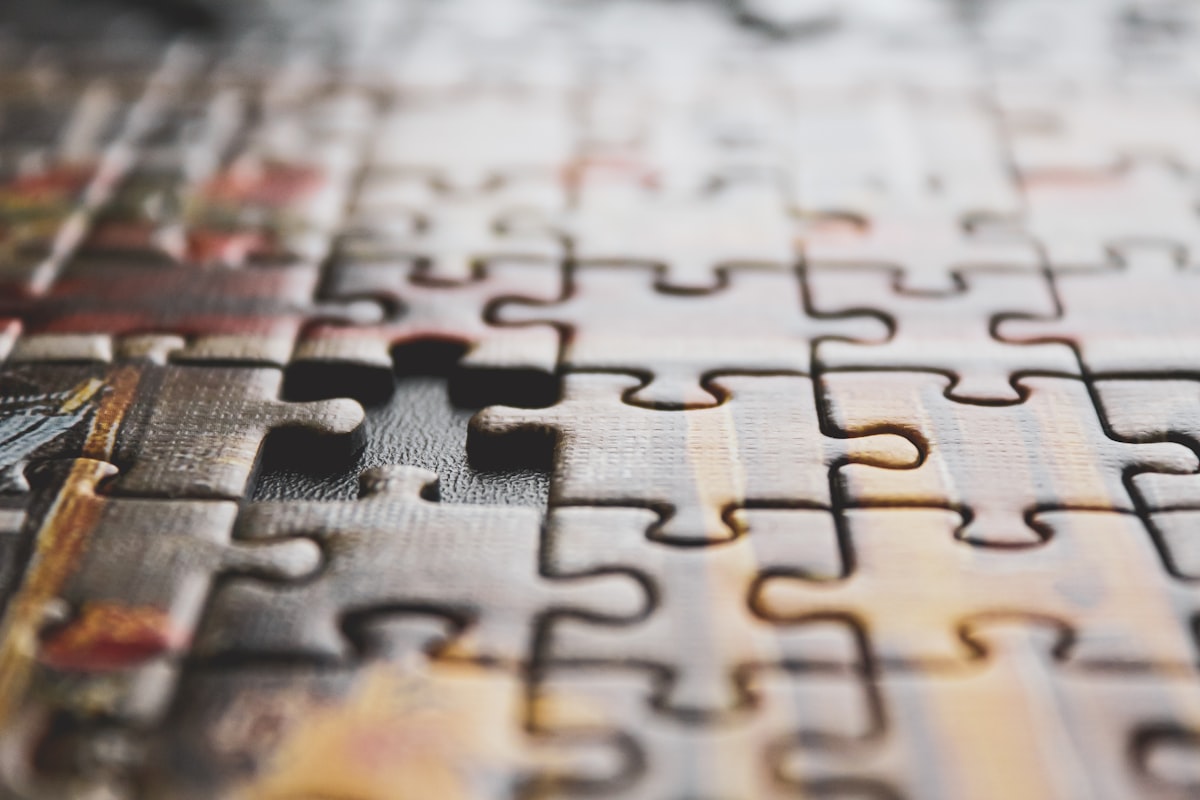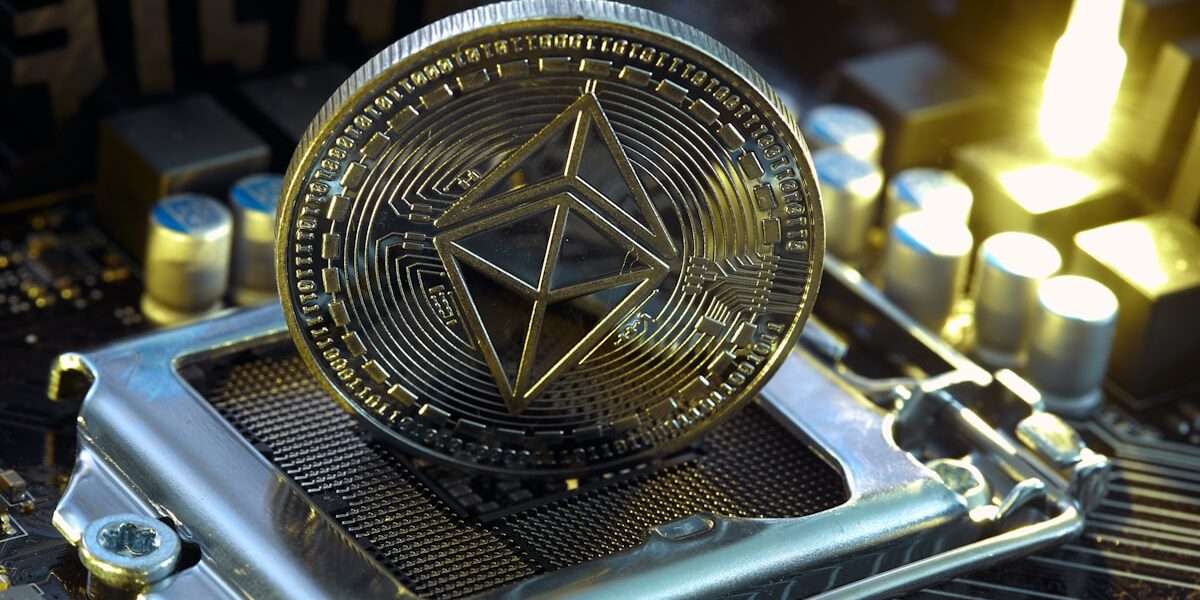The Indian Penny: A Historical and Cultural Exploration
The Indian penny, or small-denomination coinage, tells an intricate story of India’s economic history. Coins in India serve as historical markers, reflecting the evolution of dynasties, cultures, and economies. The term penny is more familiar in Western contexts, akin to the smallest subunit of currency like the paisa in India. However, examining India’s small coins provides intriguing insights into the past.
Early Coinage in India

India’s numismatic tradition dates back over 2500 years. The first coins, called punch-marked coins, appeared under the Mahajanapadas, around the 6th century BCE. These coins were simple metal pieces, often made of silver or copper, marked with symbols and signs punched onto them. No consistent denominations existed; they measured value by weight.
The Mauryan Empire, under Emperor Ashoka, introduced more standardized currencies. These coins carried the Mauryan emblem of the lion and symbolized political unity across the subcontinent. However, the coins were still representative of metal value rather than a fiduciary system.
The Journey through Medieval Times
The Gupta Empire, termed India’s Golden Age, saw significant developments in coinage. Gold coins, mainly, displayed impressive artistic skills, with images of rulers engaging in different activities. These coins served as more than just currency; they conveyed power, prosperity, and political messages.
Medieval South India contributed significantly with dynasties like Chola minting coins with intricate designs, reflecting religious themes and royal lineage. Copper coins were more common among traders, facilitating everyday transactions at a lower value than the gold and silver coins of their northern counterparts.
Mughal Influence
Mughal rule further refined India’s coinage. Akbar introduced a new monetary system with standardized weights and a tri-metallic currency system comprising gold, silver, and copper. The dam, a copper coin, became an essential part of daily commerce. Coins bore Persian inscriptions, showcasing the cultural fusion within the Mughal courts.
The reign of monarchs like Aurangzeb saw coins minted with strict adherence to weight and purity, enhancing their reputation for reliability. The Indian penny, represented by the copper dam, was part of this intricate system of Mughal coinage, interacting with the broader economy.
British Colonial Era and Changes in Coinage
The East India Company and subsequent British colonial rule ushered profound changes in Indian coinage. The rupee, originally silver-based during Mughal times, saw the introduction of copper and bronze small coins akin to the penny. These small coins helped align Indian monetary practices with those in Britain and other colonies.
The 19th century saw copper and bronze half-anna and pie coins denominated in the Indian rupee, which was divided into 16 annas. The introduction of the paisa, valued at 1/64th of a rupee, mirrored the penny’s role as the smallest tradeable monetary unit.
Modern India and the Evolution of Coinage
Post-independence, the Indian currency underwent further changes. In 1957, the rupee decimalized into 100 paise, which reshaped the monetary system, echoing the decimalization trends in other parts of the world. The Indian one-paisa coin could be likened to the penny’s role in Western currency systems.
Modern coins depict India’s cultural heritage and economic progress. The minting process standardized across the four Indian mints: Mumbai, Kolkata, Hyderabad, and Noida. Innovations include using lightweight materials and designing coins with themes such as national integration, agriculture, and information technology.
Collecting Indian Coins
Numismatics, the hobby of collecting coins, offers a window into understanding India’s rich history. Collectors value these coins for their educational and historical significance. Ancient punch-marked coins or those from the Mauryan dynasty attract collectors for their archaic design. Gupta gold coins, famed for their artistry, are similarly prized.
Mughal coins offer collectors a glimpse into the rich cultural tapestry of the time. Each coin often tells a story, whether through language, imagery, or metallurgy. British-era coins hold interest for how they reflect colonial interactions with native practices. Independent India’s coins narrate stories of a nation’s rebirth and progress.
The Cultural Significance
Coins often transcend their economic function. They become cultural icons, woven into the fabric of everyday life, language, and lore. In India, coins feature in idioms, myths, and as auspicious symbols in various festivals and rituals. Gifting coins marks transitions, celebrations, and blessings across Indian societies.
The significance of coins in religious offerings underscores their spiritual role. Whether in the temple collection plates or as donations in mosques, the humble penny connects the secular and the sacred. Coins also frequently figure in stories and legends, such as tales of hidden treasure from ancient eras.
Technological Advances and Counterfeiting
The problem of counterfeiting posed challenges throughout history, spurring innovation in coin minting technology. Mughal emperors introduced intricate designs to deter counterfeiters. The British introduced mint marks and intricate design standards during colonial times.
Today, the Indian government employs advanced technology to strike coins with complex designs that are difficult to replicate. Innovations like security features in the metal composition and computer-aided designs help safeguard the integrity of currency.
Environmental Concerns and Future Trends
The production of coins involves significant environmental considerations, from raw material mining to the manufacturing process. As economies move towards digital transactions, the role of physical coins might decline. However, the tactile value of coins continues to hold an irreplaceable cultural significance. Efforts to develop biodegradable currency options are underway.
Despite technological shifts, coins will likely retain ceremonial and practical roles. They serve as souvenirs, educational tools, or vending machine currencies where digital touchpoints aren’t feasible. The global trend towards cashless systems is unlikely to erase the historical and cultural imprint of the currency.
Final Thoughts
The exploration of India’s coinage, including the lowly penny, reveals a history and culture illustrated by metal and mint. From ancient punched silver pieces to modern paisas, these coins map out a socio-economic journey that has evolved yet continues to deeply influence India’s financial systems and cultural practices.
Recommended Collecting Supplies
Coin Collection Book Holder Album – $9.99
312 pockets for coins of all sizes.
20x Magnifier Jewelry Loupe – $13.99
Essential tool for examining coins and stamps.
As an Amazon Associate, we earn from qualifying purchases.




Subscribe for Updates
Get the latest articles delivered to your inbox.
We respect your privacy. Unsubscribe anytime.